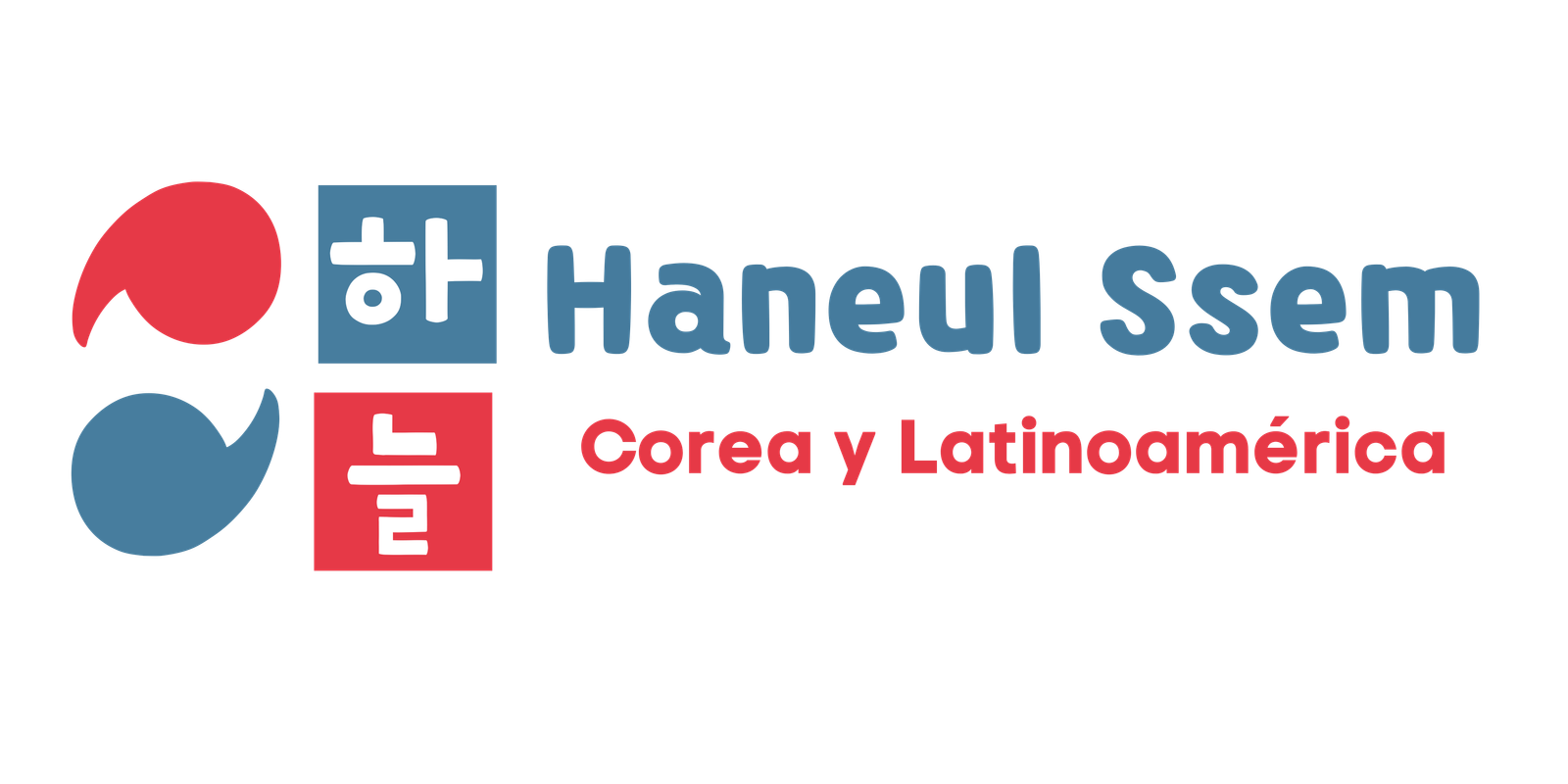The KBS2 drama Youth of May premiered on May 3rd and finished on June 8th of 2021 after twelve episodes. This drama was written by Lee Kang and directed by Song Min-yeop. It is classified as romantic, juvenile, and melodrama; but the love story between Hee Tae and Myung Hee takes place during the Gwangju Uprising, which gives a tone of drama and tragedy to the production. If you have not watched it, prepare the tissue box because this drama will bring tears of happiness and sadness; in addition, it will allow you to understand one of the historical landmarks of the democratic movement of the Republic of Korea.
Trailer of Youth of May – https://www.youtube.com/watch?v=Y04r3rVnBJg
Taken from Viki Global Tv – Youtube Channel
The love story between the main characters Kim Myung Hee and Hwang Hee Tae, performed by actress Go Min Si and actor Lee Do Hyun – who in fact won the award for the best couple among other awards at the KBS Awards 2021. The main theme of this drama is a love constantly tested and with several obstacles for this pair of lovers. The stories of the families of the two characters let us know much more of the context of the period. Myung Hee from a humble family with a father who some years before was accused of being a communist, and even she had problems with the law truncated some of her aspirations in life. In addition, the figure of her younger brother is key to the development of the story, Myung soo was selected for his athletic skills as one of the runners to represent South Jeolla Province at the National Youth Sports Festival to be held in Gwangju in May. On the other hand, Hee Tae was known in the city for being enrolled in Medicine at a famous university in Seoul; and his family has a privileged social status because of his father’s position in the army as a powerful figure in the militia.

This drama is prolific regarding its scenery and in showing the viewer how things were taking place in those days of the month of May, for example, in the first minutes of the drama is shown the city of Seoul is full of students marching and demonstrating. This scenario was not exceptional in the capital, but in other places, students were carrying out actions of this kind, gathering to create projects and movements against what they considered a non-democratic government and an oppressive military regime. In this context there are some key characters that are the best friends of the protagonists, those, through their acting, showed how students’ action was even political in bringing their proclamations to be known even if it was illegal. The brave Lee Soo Ryun and Jung Hye Gun with their activities show the struggle of the citizenry to change the social situation in which they found themselves. An example of this is shown with the torchlight march on the night of May 16th, 1980, which refers to a real event that occurred in the heart of Gwangju.
To some extent, this drama has a medical theme, as the main characters are a nurse and a doctor respectively, so several of the scenes take place in the Gwangju Peace Hospital. Because of the demonstrations in the city, Gwangju was a military target that should be attacked, after all those against the government should be removed by the army. So, in the early hours of May 18th, 1980, the army takes the city and the massacre against the citizenry begins. Within the drama are shown several heartbreaking scenes of what lived by the citizens, in addition, torture scenes are common which makes the production kind of reliable. Thus, the hospital becomes a recurring meeting place.
Youth of May is not only a love story, but it shows other stories under the pretext of this Spring love. This is an excellent production that allows viewers to recognize many aspects of the social context of the time in which the drama takes place; this time is not indirect, but it deals with this tragic event and shows a representation of it. After forty-one years, the events in Gwangju are not forgotten, but in fact, they are commemorated annually in the city and in other parts of the country. As spring was springing up with flowers blooming, lives were whitening in search of democracy. These facts cannot be repeated in the history of the country, so it is important to have initiatives through cultural products to let the new generations know about what happened. Even showing to the foreign public how events of this nature occurred in the Republic of Korea not so long ago.
Author: Andrea Ramirez
Reviewed by: Angie Salavarria


